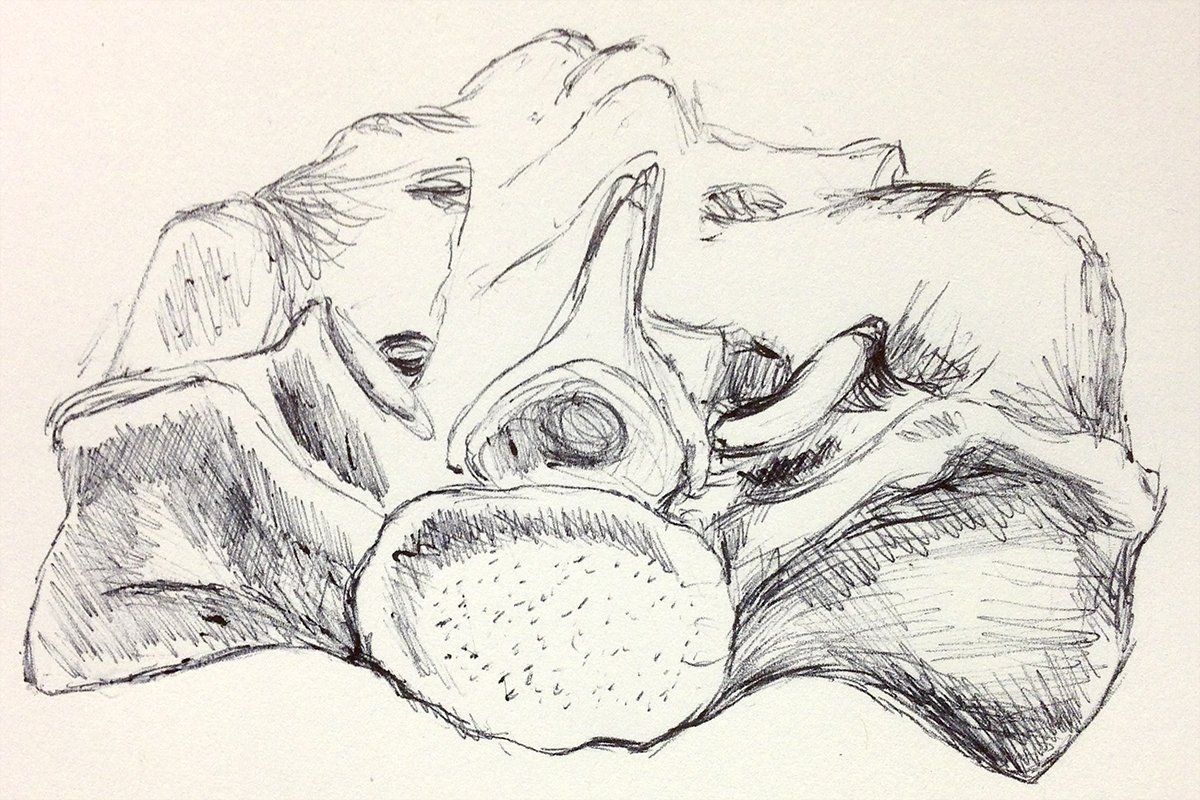6. Why, even, Phenomonology?

In this post, I define some of the key concepts of the Phenomenosphere...
Stepping into the world of Phenomenology reminds me of encountering Philip Pullman’s His Dark Materials for the first time. With Pullman, there are elaborate representations of alternative realities with their own cultures, institutions, topographies and languages. As a reader, one suspends disbelief. This manoeuvre - a stepping away from the conventions of the non-fictive world - entering into a conspiracy with the author - is comparable to the readjustment one makes to see what Husserl, Heidegger and Merleau-Ponty were proposing. I am not suggesting that we should consider the Phenomenological project merely a grand narrative, a work of imagination. But it may help to understand it as a creative venture, a work of re-imagination. This helps to set the scene for an account of some of the language used in the Phenomenosphere.
Why, even, “Phenomenology”? In pre- and para-Phenomenological accounts, “phenomena” were objects of the world that were perceptible to observers. And in the objectivist world of western science and analytic philosophy, they are in the same category: objects (material or imaginary) that can be perceived, imagined or experienced. The Phenomenological project asks questions of this supposition, and proposes that the most interesting thing about phenomena is not that they are objects with their particular features and properties, but that they make their appearance to human consciousness at all. Put simply, Phenomenology is concerned with the way we become aware of phenomena - the structure of the relationship between the perceiver and the perceived.
The interaction between the perceiver and the phenomenon perceived is a process known as “intentionality”. Intentionality - in the Phenomenosphere - is not the same thing as performing an action knowingly and with free will. As with Pullman, the language of Phenomenology taxes us a little. We think we know what is meant, but we have to bend our thoughts a little to come to an understanding. “Intentionality” is used by Phenomenologists in its etymological sense of “stretching ones attention towards”. In some forms of Phenomenology, the idea is that the object draws ones attention towards it; in others, one aims ones attention towards the object; in others, there is a mutual and reciprocal magnetism between the perceiver and the object. This is a rather reductive account of intentionality, and in later posts I hope to be able to show that the relationship between phenomena and their perceivers can be explained more elegantly, holistically and with due attention to the multi-dimensional, multi-directional complexity of object-consciousness.
Dwelling on the definitions of Phenomenology and intentionality paves the way for explaining the idea of “Disclosure” (which can also be called “Unconcealment”). In an objectivist world, phenomena are things or happenings that have either material or conceptual existence. They “are”. The rock has existence, the city has existence, the parliament has existence, the person has existence, the ideas have existence. These are different categories of object, and they plainly have different categories of existence, but nonetheless they have their existence, and they can be seen, witnessed, owned, argued about and disputed by any objective viewer. But in the Phenomenosphere, there are no objective viewers. As Thomas Nagel has famously claimed, “There is no view from nowhere”. There is no possibility of an objective viewpoint; and, for Phenomenologists, this is equivalent to saying that no object has objectively verifiable existence. Instead, what we have is this relationship between phenomenon and perceiver, which is always embedded within a particular context, defined by its unique and of-the-moment meaningfulness, and marked by the manner of its appearance - its disclosure to consciousness.
Phenomenologists see not one world, but multiple worlds, and it is in the stepping away - the suspension of our disbelief (or, perhaps, the setting aside of our naive beliefs) - that we can straddle the objectivist world of our western heritage, the alternative universe of Philip Pullman, and the inter-subjective conceptual realm of Phenomenology. This process of stepping away is one I will return to in future posts, when I look at the philosophical concept of “epoche”. But...
In my next post...
I will tackle the concept of inter-subjectivity, and explore its meaning for qualitative research and healthcare practice.
You might also like...




